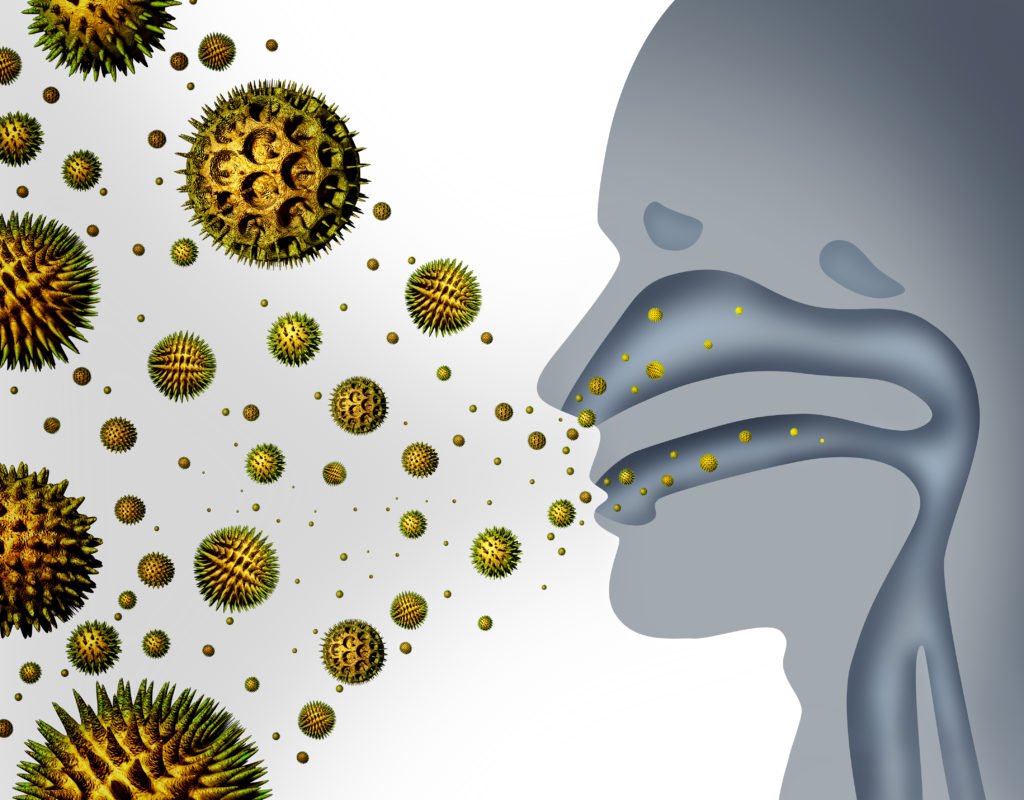Today’s blog is about a very common condition known as the “deviated nasal septum” or DNS in short. To understand deviated nasal septum we need to first understand what is nasal septum.
Nose is a pyramid shaped organ. It is further separated into two halves by a wall-like structure called the Nasal Septum. Nasal Septum is made of cartilage and bones. In the majority of the population, almost 80%, the nasal septum is displaced or bent to the either side. Deviated nasal septum only becomes symptomatic in extreme deviations when it causes a structural blockage to flow of air in the nose or when it gives rise to a second pathology such as headaches or sinus related disorders.

Symptoms of Deviated Nasal Septum(DNS)
- Cosmetic deformity due to crooked looking nose
- Persistent blockage on either sides of the nose
- Headaches
- Snoring
- Nosebleed
- Awareness of one or both sides of nose getting blocked in an alternating manner
- Nose getting blocked when sleeping on one particular side
Causes of Deviated Nasal Septum(DNS)
- Congenital – i.e. nasal septal deviation is present at birth due to in-utero and genetic factors.
- Acquired – i.e. due to an external injury to the nose, usually blunt force trauma to the face.
Risk factors for acquired Deviated Nasal Septum(DNS)
- Contact sports such as boxing, wrestling, kabaddi
- Other sports such as cricket, volleyball, football
Prevention
- Use of protective devices such as helmets
- Use of seatbelts when in motor vehicles
When to see an ENT doctor for DNS?
- Persistently blocked or congested nose that doesn’t respond to any treatment i.e. allopathy, ayurveda, homeopathy or yoga.
- Unprovoked nosebleeds
- Frequent episodes of sinusitis and headaches
- Snoring or sleep apnea
- Disturbed sleep and dryness of mouth on waking up
Treatment of Nasal Septal Deviation
DNS is asymptomatic in the majority of the affected individuals and doesn’t require treatment in them. It may become symptomatic occasionally in individuals who suffer from other nasal issues such as sino-nasal polyps, allergies, chronic or acute rhino-sinusitis. If it has become symptomatic due to another underlying problem, treatment of the associated diagnosis can resolve the symptoms without surgery for the deviation.
However, nasal septal deviation may sometimes become the cause for headaches (contact headaches), nasal bleeding (trauma and crusting on septal spurs) and sinusitis (blockage of sinus opening due to deviation). In such cases it is of paramount importance that the nasal septal deviation be corrected by surgery as there are no medicines to correct the deviations in nasal septum.
There are two types of surgery that are performed for a deviated nasal septum. Both are performed by trained ENT surgeons. These are septoplasty and septo-rhinoplasty.
At the ENT360 clinic I diagnose and perform all related procedures for deviated nasal septum, for a medical opinion book an appointment.


